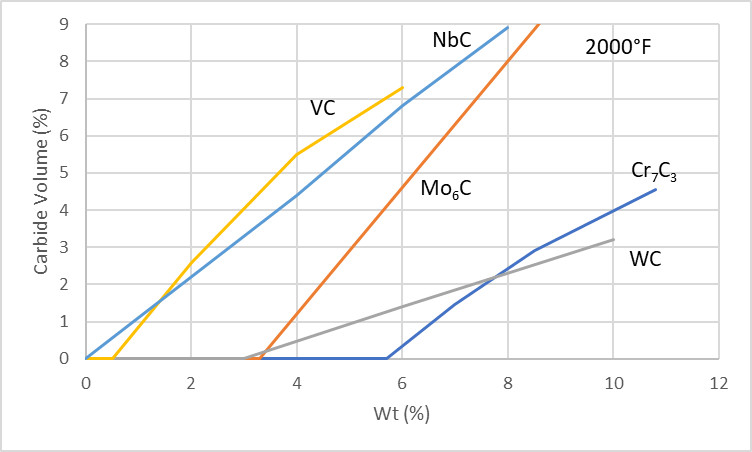- Joined
- Jun 17, 2012
- Messages
- 371
I've seen a few threads about this over the years. Something's off with thinking diamond stones are needed to get hair-popping, butter-smooth sharpness. I've been buying stones like crazy lately and brought my Benchmade Bugout (S30V) to a razors edge. All with Chosera stones and an leather strop (no compound). I shaved part of my leg to a butter-smooth point, which I didn't think possible with those stones. The theory, supposedly states vanadium is simply ripped out of the edge creating a jagged edge. This might be true on some level, but my edge isn't dulling any faster than it normally does when sharpening on Lansky's diamond stones. It feels like that whole idea is designed simply to convince people to buy diamond stones or to scare enthusiasts from ever buying any knife with high vanadium (3-4%). Instead, stick with; 1095, A2, O1, etc...
Thoughts?
Thoughts?


